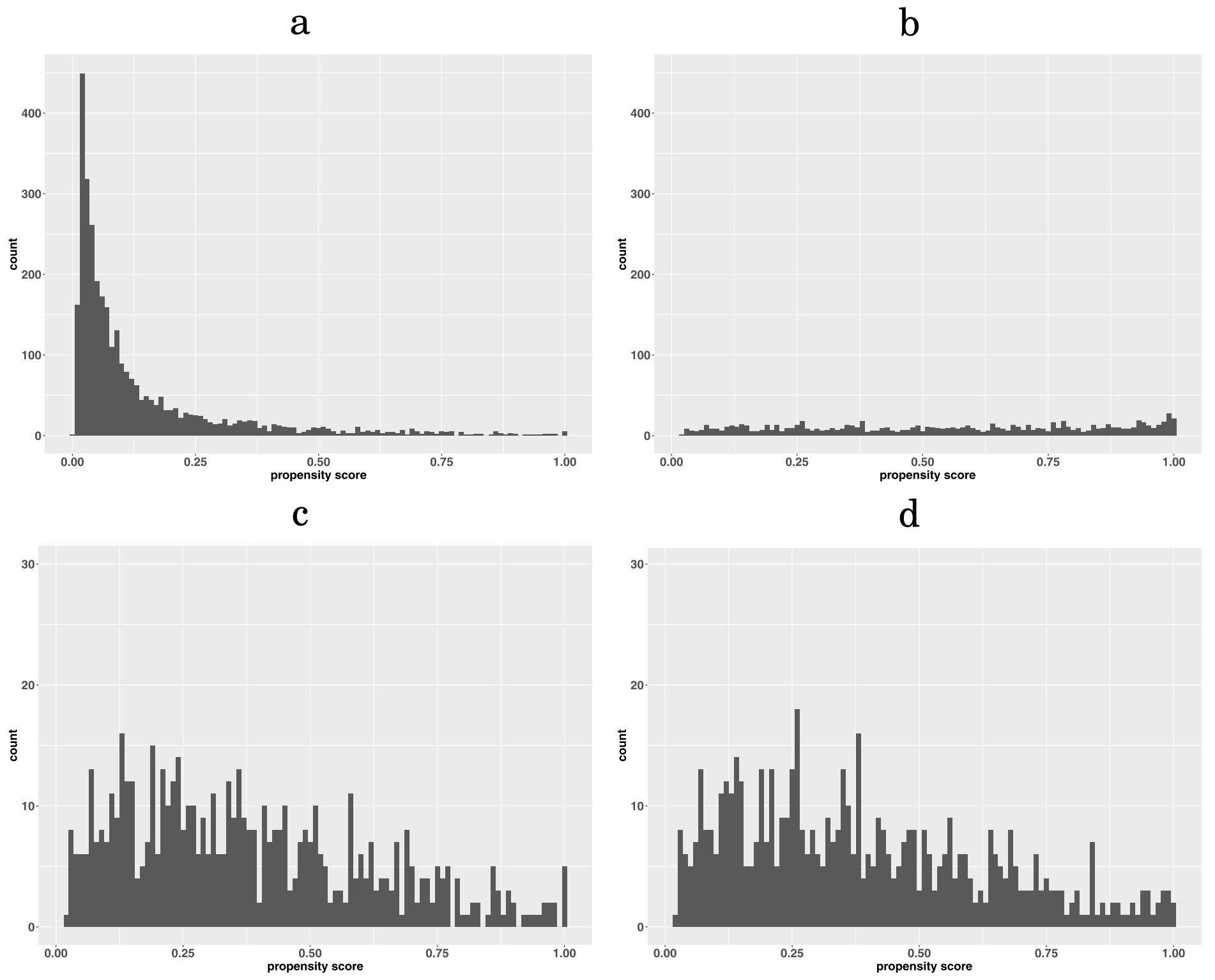2021.08.13
Estimating the causal effect of embryo transfer day on clinical in vitro fertilization outcomes using propensity score matching

BMC Pregnancy and Childbirth
Abstract
Background
For women undergoing in vitro fertilization (IVF), the clinical benefit of embryo transfer at the blastocyst stage (Day 5) versus cleavage stage (Day 3) remains controversial. The purpose of this study is to compare the implantation rate, clinical pregnancy rate and odds of live birth of Day 3 and Day 5 embryo transfer, and more importantly, to address the issue that patients were chosen to receive either transfer protocol due to their underlying clinical characteristics, i.e., confounding by indication.
Methods
We conducted a retrospective cohort study of 9,090 IVF cycles collected by Lee Women’s Hospital in Taichung, Taiwan from 1998 to 2014. We utilized the method of propensity score matching to mimic a randomized controlled trial (RCT) where each patient with Day 5 transfer was matched by another patient with Day 3 transfer with respect to other clinical characteristics. Implantation rate, clinical pregnancy rate, and odds of live birth were compared for women underwent Day 5 transfer and Day 3 transfer to estimate the causal effects. We further investigated the causal effects in subgroups by stratifying age and anti-Mullerian hormone (AMH).
Results
Our analyses uncovered an evidence of a significant difference in implantation rate (p=0.04) favoring Day 5 transfer, and showed that Day 3 and Day 5 transfers made no difference in both odds of live birth (p=0.27) and clinical pregnancy rate (p=0.11). With the increase of gestational age, the trend toward non-significance of embryo transfer day in our result appeared to be consistent for subgroups stratified by age and AMH, while all analyses stratified by age and AMH were not statistically significant.
Conclusions
We conclude that for women without strong indications for Day 3 or Day 5 transfer, there is a small significant difference in implantation rate in favor of Day 5 transfer. However, the two protocols have indistinguishable outcomes on odds of live birth and clinical pregnancy rate.
Authors
Han-Chih Hsieh, Chun-I Lee, En-Yu Lai, Jia-Ying Su, Yi-Ting Huang, Wei-Lin Zheng, Chien-Hong Chen, Chun-Chia Huang, Pin-Yao Lin, Maw-Sheng Lee, Mark Liu & Yen-Tsung Huang
More Information
BMC Pregnancy and Childbirth
Published: 13 August 2021
https://bmcpregnancychildbirth.biomedcentral.com/articles/10.1186/s12884-021-04013-y?fbclid=IwAR0w5onavEF9C7me_k1gc1kex4CZaKtU8ua5IvsFhE5zdV-i6XtlnslZa7A
